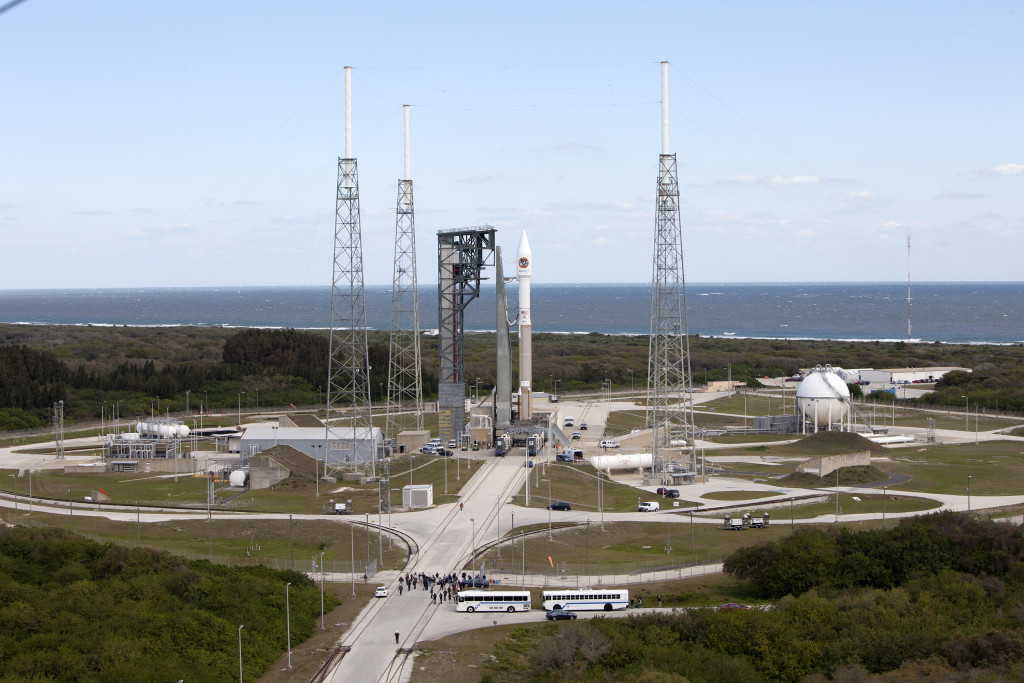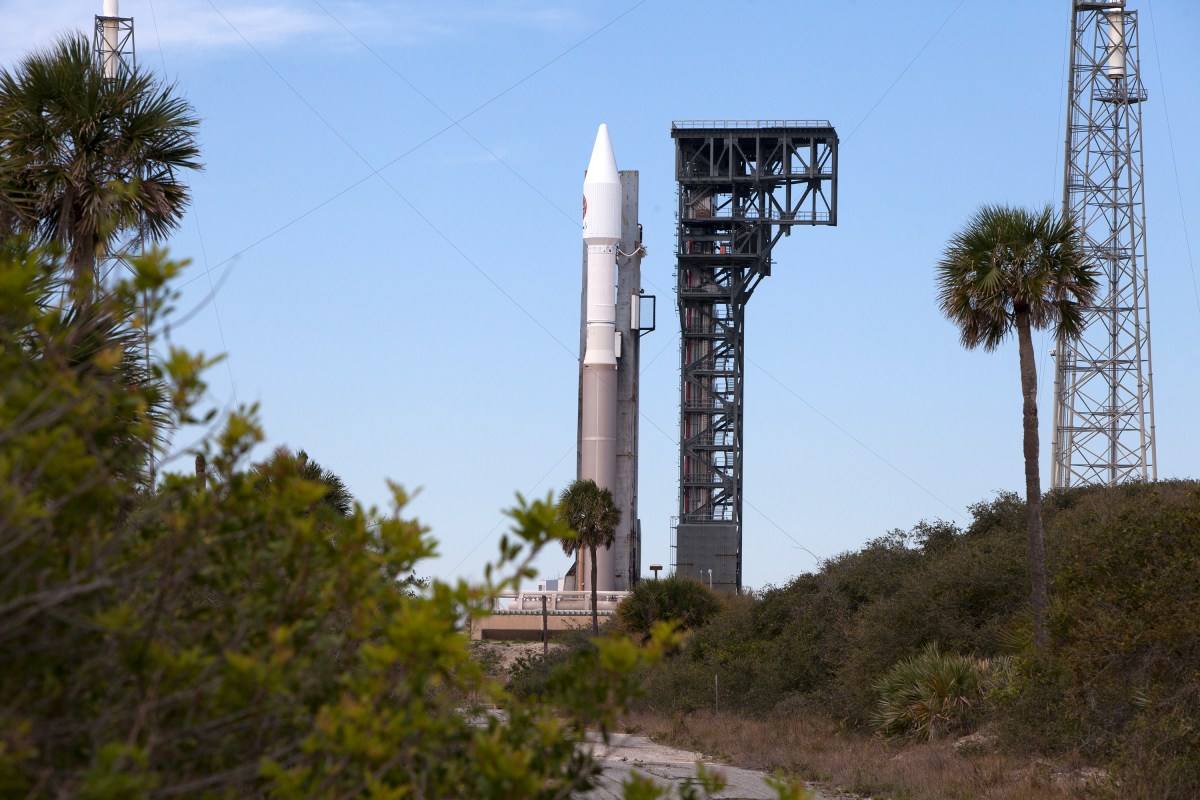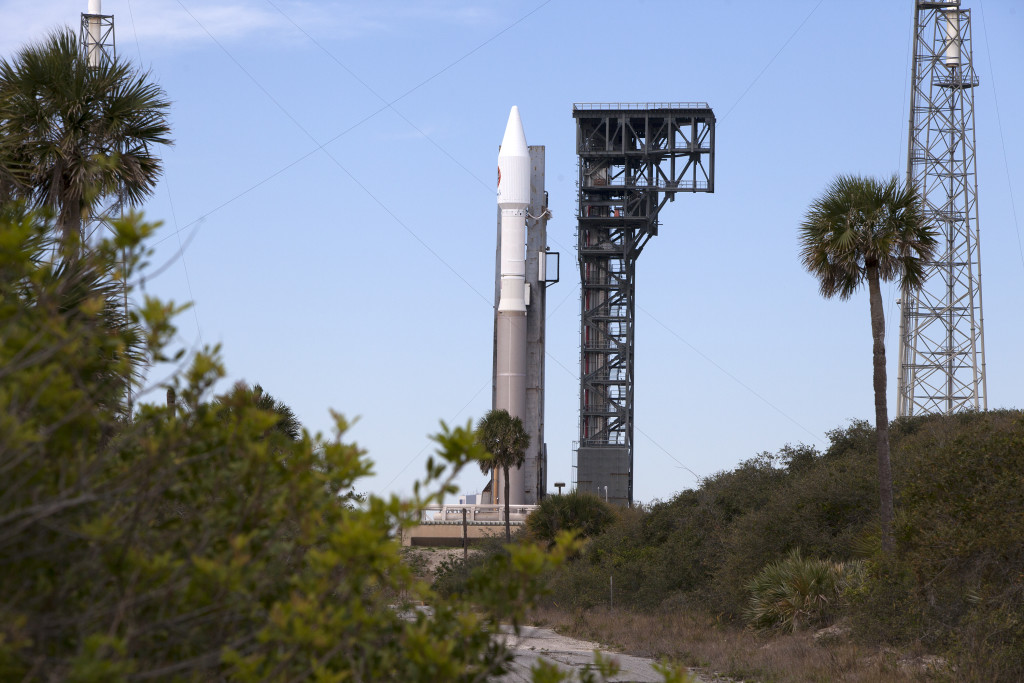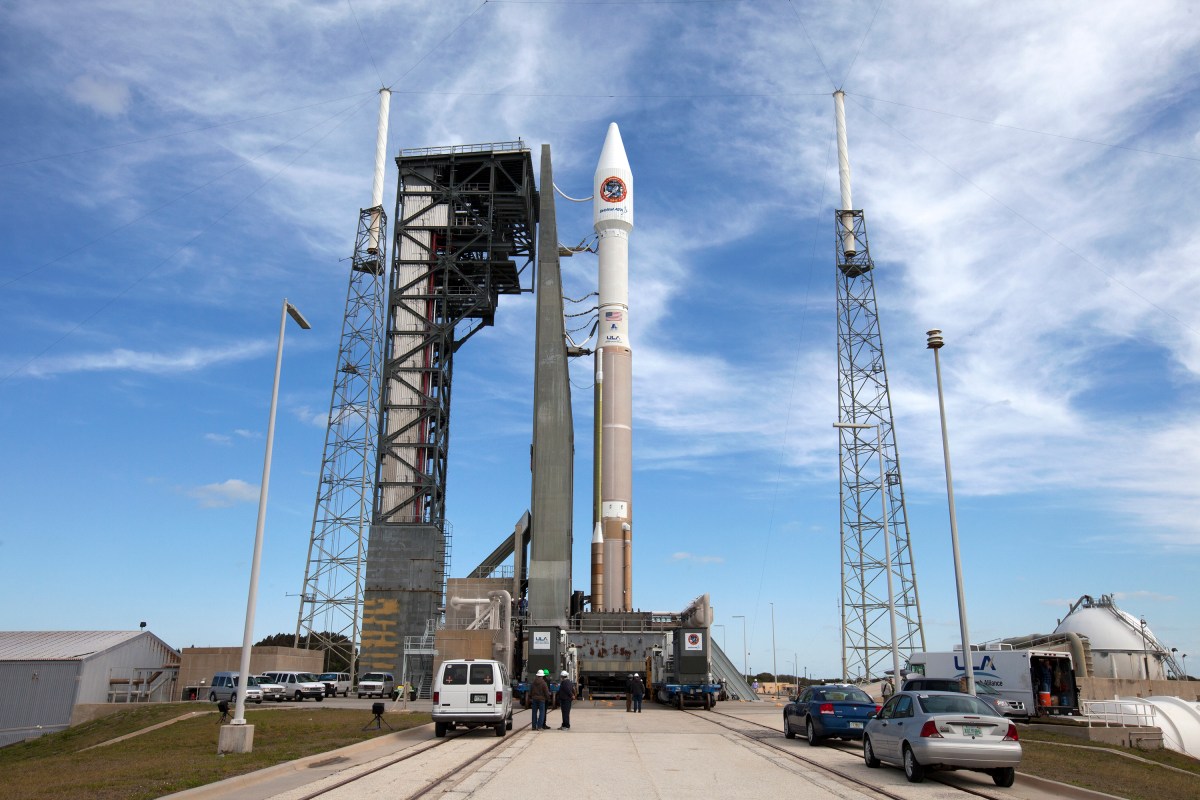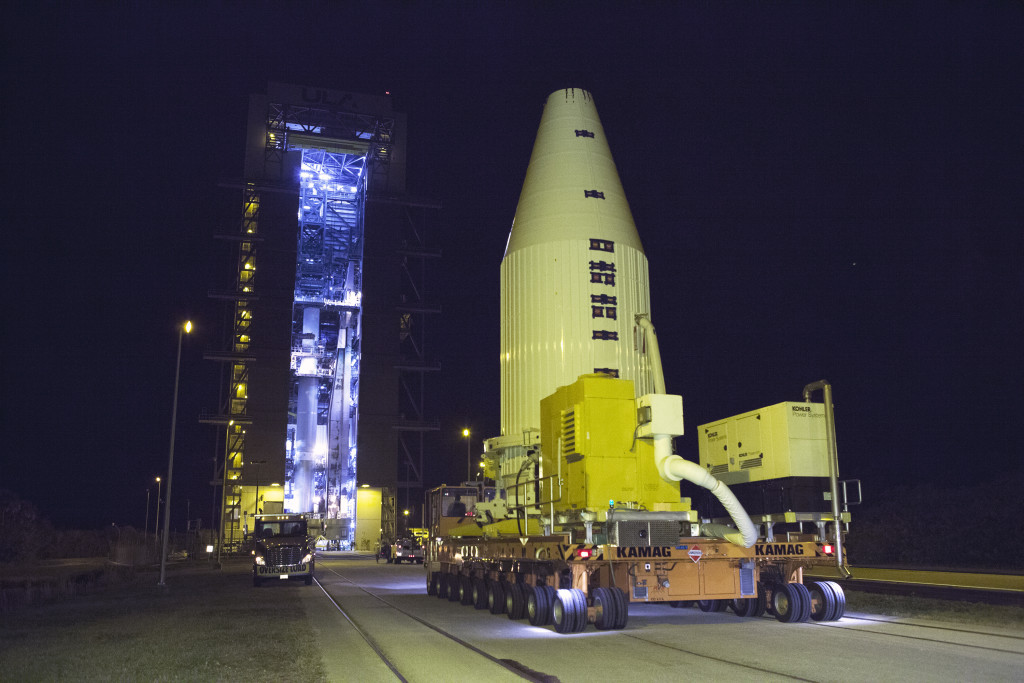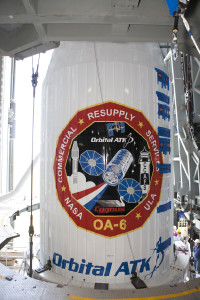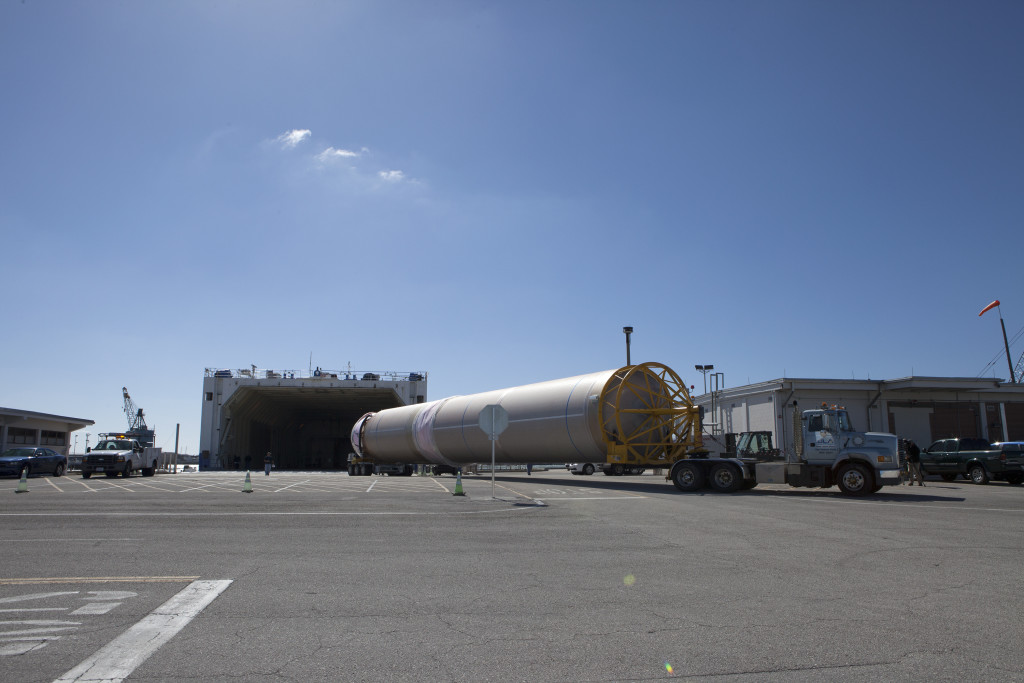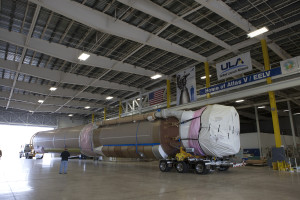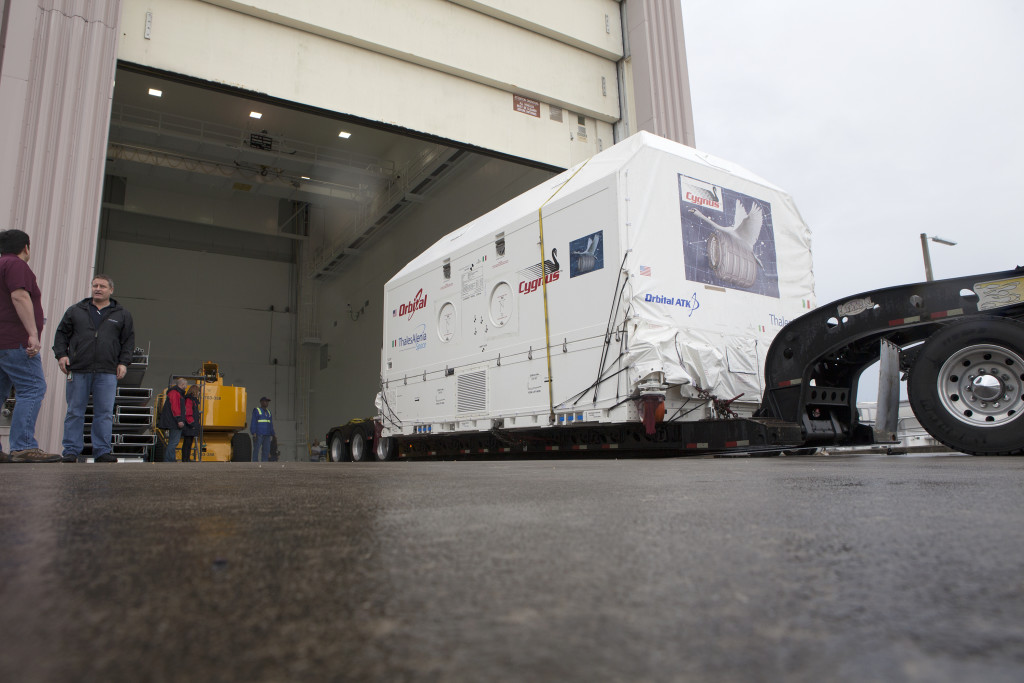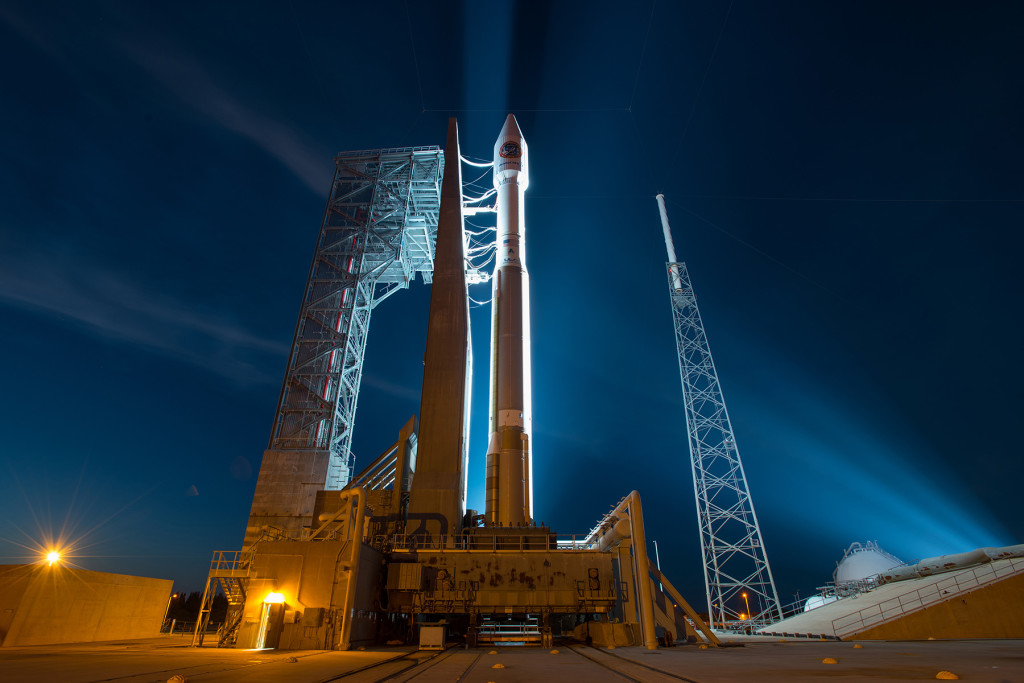 Good evening from Florida’s Space Coast, where an Orbital ATK Cygnus spacecraft is poised to lift some 7,500 pounds of scientific gear and supplies to the International Space Station! Launch is on schedule for 11:05 p.m. EDT, the start of a 30-minute launch window. You can follow along with all the milestones in the countdown here and on NASA TV, which is available online at www.nasa.gov/nasatv.
Good evening from Florida’s Space Coast, where an Orbital ATK Cygnus spacecraft is poised to lift some 7,500 pounds of scientific gear and supplies to the International Space Station! Launch is on schedule for 11:05 p.m. EDT, the start of a 30-minute launch window. You can follow along with all the milestones in the countdown here and on NASA TV, which is available online at www.nasa.gov/nasatv.
Protected inside a payload fairing that will separate a few minutes after launch, the Cygnus stands atop a United Launch Alliance Atlas V rocket at Space Launch Complex 41 at Cape Canaveral Air Force Station adjacent to NASA’s Kennedy Space Center. Dozens of scientific studies will be conducted by the Expedition 47 and 48 crews of the station using the equipment onboard the Cygnus. We’ll detail some of the experiments for you as the night progresses with looks at research focused on fire in space, adhesive technology research and studies of how regolith – or soil – behaves in microgravity.
Here’s a look at some of the countdown milestones tonight as the launch team proceeds toward a liftoff.
10:19 p.m. – Initiate fuel fill sequence
10:31 p.m. – Begin 30 minute hold at T-4 Minutes
10:35 p.m. – Weather Briefing
10:58 p.m. – Status check to continue countdown
11:01 p.m. – Countdown resumes at T-4 Minutes
11:05 p.m. – Launch
Photo credit: ULA

